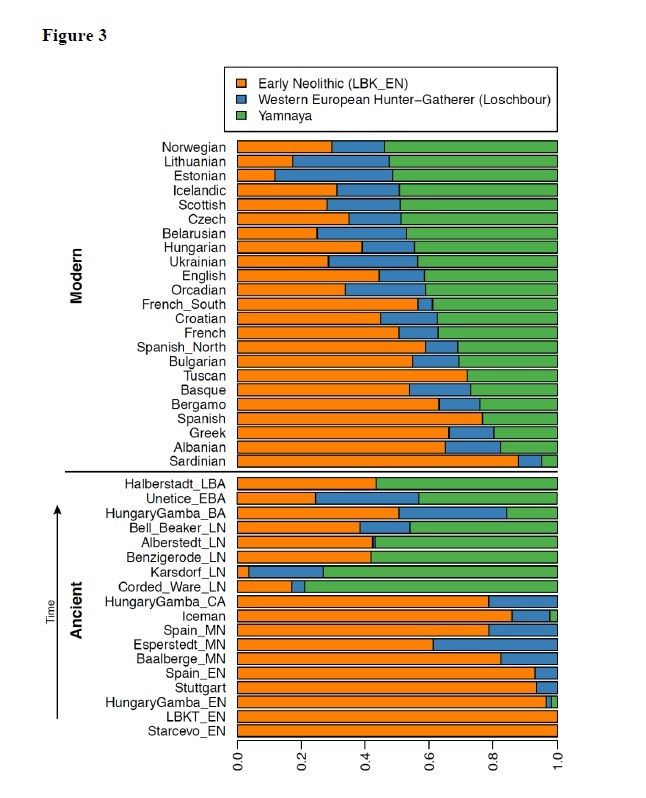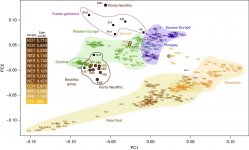hmm
in such case , Varna necropolis, Rudna Glava, and generally Vinca and para-Vinca cultures had no J2a,
I mean if J2a is upsent from Balkans before 1200 BC, they should be upsent also from copper mettalurgy, not bronze, but copper,
in such case who brought copper mettalurgy to balkans?
we know Vinca and para-Vincas are before bronze, meaning before R1*****, and Mycenae where build before 4000 BC 1500 years before arsenic bronze from steppe, theoritically start to enter south Balkans
beside in many settlements in Greece as the newly Platamon metaneolithic we see no arsenic bronze, in many areas till even after 1500 BC.
but Vincas knew copper and gold very well.
so then if J2xyz did not exist in Vincas, neither R1xyz, could copper spread there by? G2a? Ixyz, ?





